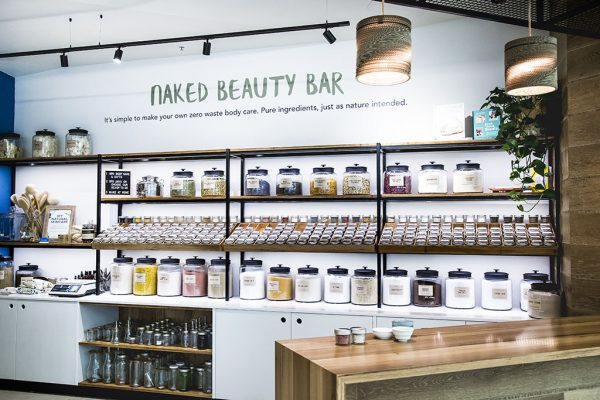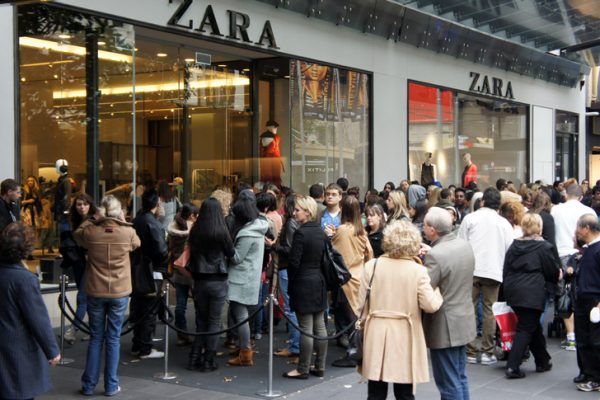Eggs are a staple food in most households and for good reason.
As most Aussies would agree, brunch is incomplete without them. Surely the Pope decreed eggs benedict as the holy grail of breakfast.
When you scratch a little deeper though, you may find your eggs benny aren’t so holy after all. Awareness is growing about the horrifying dark side to some animal agricultural operations.
The egg industry is not immune to this reality.
Concern for animal welfare is driving a new trend towards ethically produced eggs. After all, as consumers, we have a responsibility to consume responsibly.
Photo source David Simpson
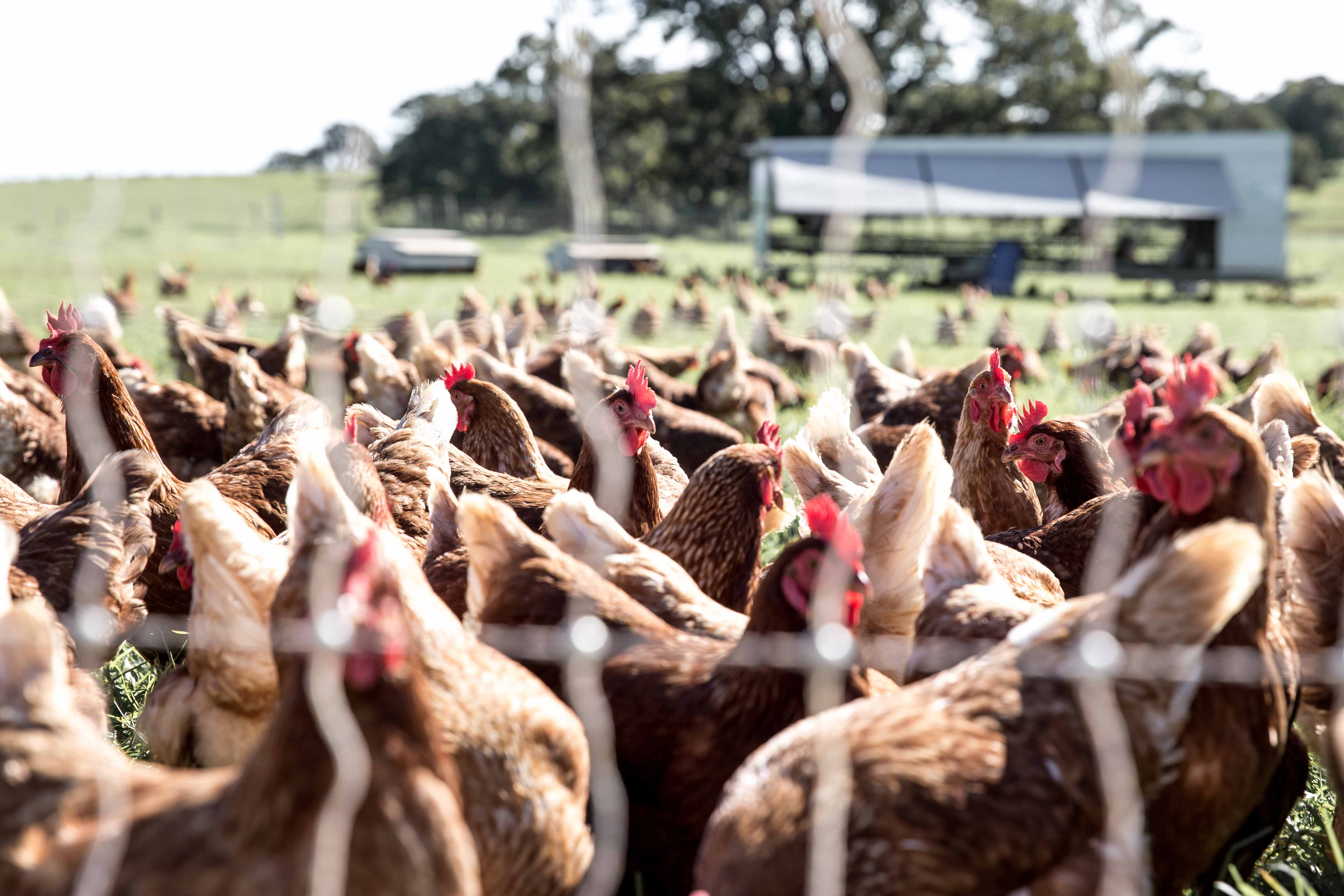
"Unfortunately, the reality may not align with what you want to believe or support."
The Chicken Before The Egg
Before we look at the different standards in egg production, let’s address a few facts about chickens so we have a better understanding of what a chicken requires in order to live a healthy life.
- Chickens are omnivores
They prefer to eat insects and bugs as their main protein source. When given access to land they will happily spend a majority of their day scratching around for critters to eat. - Chickens also eat grass
While they aren’t as effective at grazing as herbivores, chickens do still eat grass. Studies have found chickens raised on pasture will produce eggs with higher omega-3 fatty acids. - Chickens don’t thrive in cages
If you were placed in a cage, you’d probably go a little bit crazy too. When chickens are confined to a small space, deprived of their natural environment and restricted from enacting out their intrinsic chicken tendencies, it’s only natural negative behaviours will ensue. Pecking, the spread of disease and even cannibalism is not uncommon in these scenarios.
Now that we have laid these little facts out on the table, let’s take a deeper look at the various labels you’ll find adorning your egg cartons.
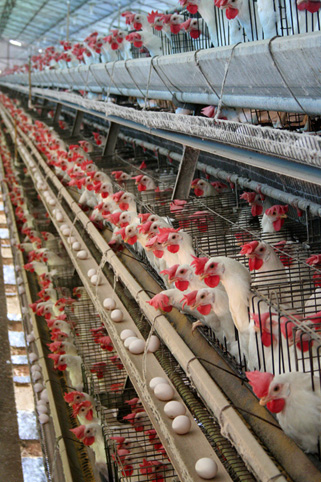
Caged/Battery Hens
Caged eggs are the budget option and you’ll soon understand why. During the onset of industrialised food, battery hen operations proliferated because it enabled farms to maximise output. But this kind of efficiency has an even greater downside. The life of a battery hen is nothing but grim. Forced to live within a cage alongside several other hens, they each only have access to space equivalent to an A4 piece of paper.
When chickens are stressed it’s not uncommon for them to peck each other, even to the point of death. To counter this, these chickens will often have their beaks trimmed while young (where the tip of the beak is clipped or lasered off) to prevent pecking. It’s likely these chickens will never see daylight or scratch the surface of the ground.
Other standard practices include manipulating a chicken’s lay cycle with artificial lighting and using antibiotics to offset their unhealthy living environment where disease can easily spread.
While caged practices are becoming less popular as consumer awareness grows, and thanks to increased pressure from animal welfare bodies, these operations do still exist. The RSPCA is actively working to ban battery hen operations in Australia and it’s a movement that only sees to gain momentum.
Even if you directly don’t buy caged eggs, you may indirectly be supporting this industry if you buy bakery sweets, ice cream, mayonnaise, frozen battered foods, pasta, egg noodles and pastries to name a few.
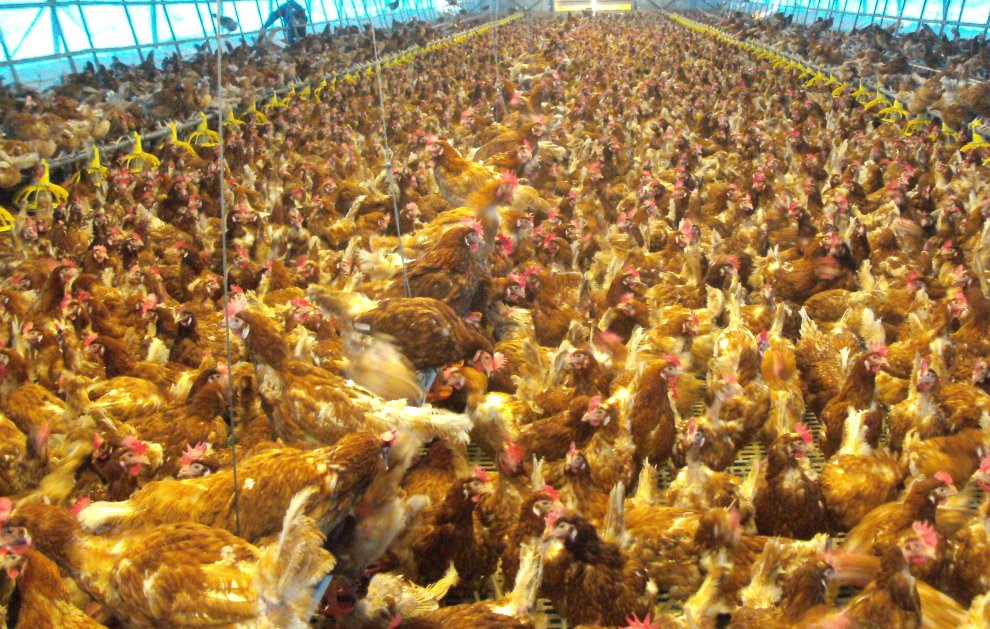
Barn Laid/Cage-Free
A barn sounds nice. It conjures images of an old wooden red barn, hay stacked to the roof and chickens free to roam in and out as pleased. The reality is far from this kind of imagery. These ‘barns’ are large, purpose-built sheds that can often hold thousands of chickens at any one time.
Unfortunately, these environments are hardly any better than caged operations. Where you have thousands of chickens living in confined quarters, the opportunity for disease to spread increases. When chicken manure breaks down, chemical decomposition of uric acid create a high ammonia gas.
Environments that don’t have adequate ventilation or allow litter to sit around for too long have higher concentrations of ammonia in the air. This can lead to irritation of mucus membranes and cause swelling and lesions in the hen’s eyes. Dust particles can also harbour E.coli and when a hen’s health is already compromised, makes it easier for disease to spread.
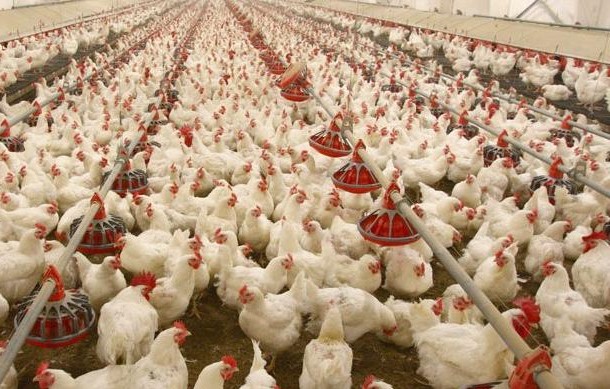
Free Range
Free range egg consumption has increased to over 40% of total eggs sales in Australia. One would assume this is a huge leap for animal welfare as consumers demand better accountability.
Unfortunately, the reality may not align with what you want to believe or support as truly ‘free range.’
Recent rulings have increased the allowable stocking density from 1500 hens per hectare to 10,000 (1 hen per square metre). So long as the hen has ‘meaningful and regular access to an outdoor range,’ then they can be considered ‘free range.’
This means a chicken may have the option to go outside. Whether they do or not will depend on the operation as this leaves room for producers to get rather creative with their set up.
If the barn has a door to allow the chickens access to our site, it’s small and when you have 1500 hens in the space, most of them donlt have access to or even know the door is there.
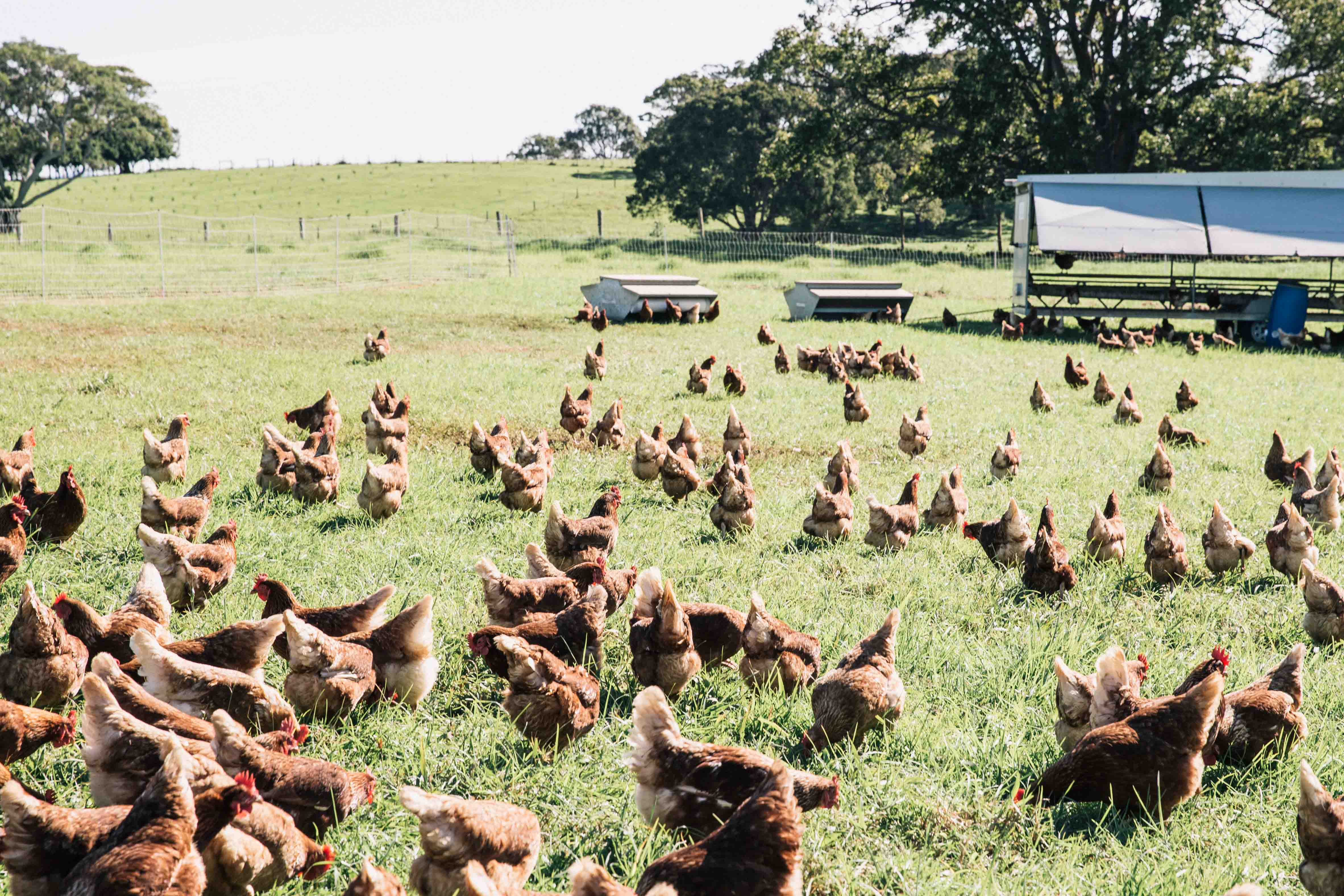
Pasture-Raised/Open Range/Paddock-Raised
What was old is made new again. This is the gold standard for eggs. Chickens raised in their natural environment – out on grass with free access to roam and scratch – will produce the healthiest egg for you. Depending on the farming method, these chickens will frequently be moved around paddocks with the aid of mobile housing and fencing, and given access to fresh grass. It makes sense for the chicken, the consumer and the farmer. Controlled animal impact allows for better pasture recovery.
Furthermore, the liberal spreading of manure as the hens range also feeds the soil, microbes and ecosystem as a whole. Even better, you may find some smaller producers who specifically use an organic or biodynamic feed or at the very least, one without corn or soy.
You will begin to find many small producers using their own terminology to describe their method of farming as the term ‘free range’ becomes a redundant marketing term thanks to large producers capitalising off new trends. This brings to light the importance of knowing your farmer and the farming practices they subscribe to.
Image taken at The Farm Byron Bay
A Note On Organics
In addition to the above mentioned farming methods, organic certification is another factor to consider. This may be an added bonus for some but for others, a critical component if you’re concerned about genetically modified food, or looking to reduce your overall consumption of antibiotics, herbicides and pesticides. Organic certification requires a chicken to be fed with a certified organic feed which prohibits GMOs and antibiotics. It does not, however, imply the chicken has been raised according to any set free ranging or pasture-raised standard so consideration for both will need to be taken into account.
